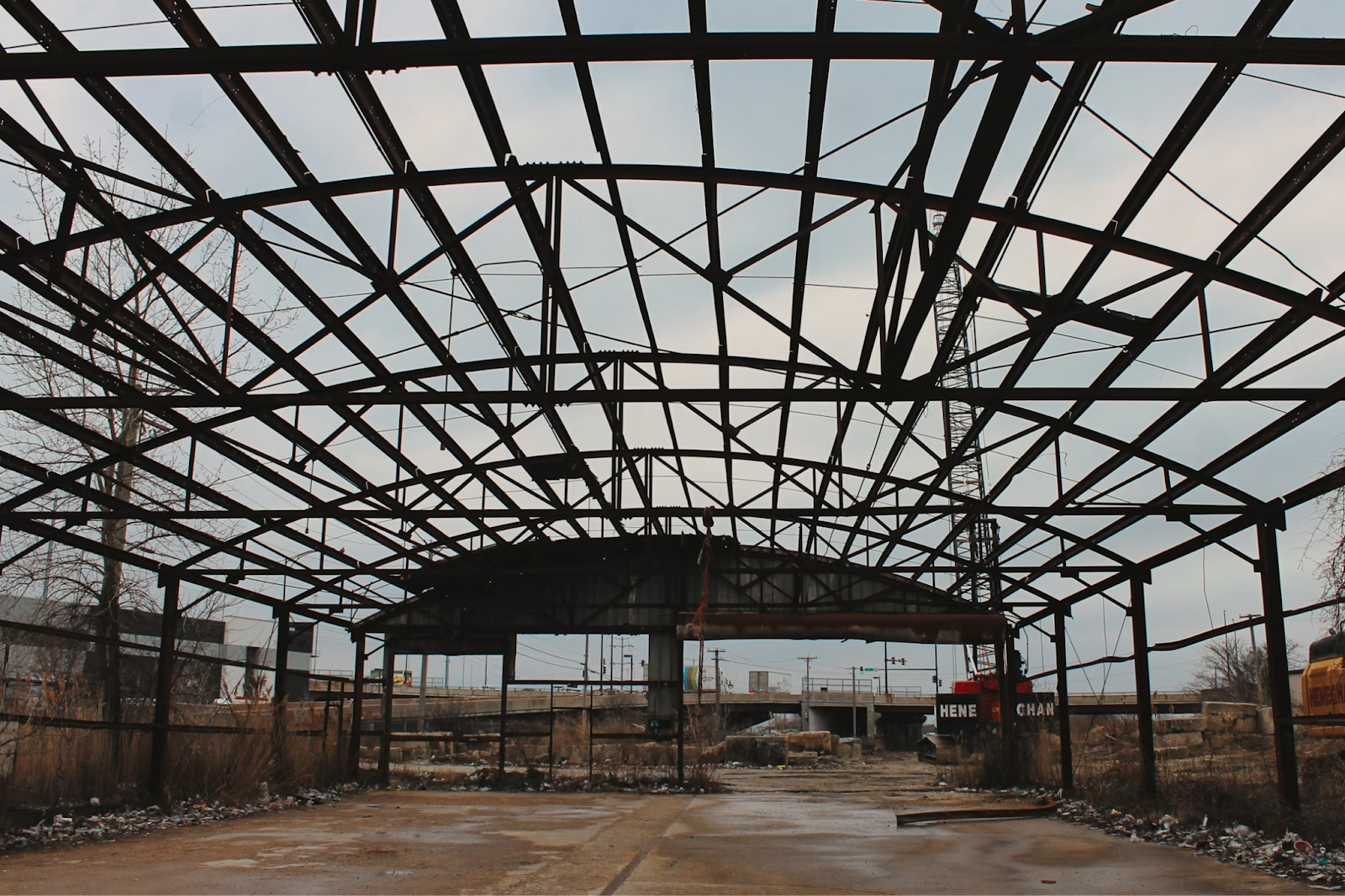Prefabricated steel buildings are quickly becoming the first choice for business owners and farming experts. They are affordable, durable, and easy to install, making them a great choice for storage, workshops, and farm buildings. But before you go ahead and buy, there is one question to answer: Do you need planning permission? It’s a consideration that will save you any trouble with your project and in local law. Here’s what you need to know.
What is Planning Permission, and Why Do You Require It?
Planning permission is an administrative process carried out by local authorities to ensure new construction or developments on already existing property comply with specific legal, environmental, and safety standards. It is essentially a check to control and channel development within a zone in a manner that does not interfere with the environment, the local infrastructure, and the neighboring properties.
For prefabricated steel construction, obtaining the permission can be easy in one case or challenging in another, depending on several important considerations. The reason this has to be kept in mind is that failure to obtain permission where it is due can result in hefty fines, court cases, or even complete demolition of the structure.
When Does Planning Permission Typically Occur?
Although prefabricated steel buildings are often sold as off-the-shelf packages, they are not always outside planning control. Generally speaking, planning permission will be required where a building is of a certain size, changes the land use, or has a significant effect on the area.
For instance, if your steel structure is being constructed on agricultural land for farming use, you may not need planning permission since most regions allow such constructions under “permitted development rights.” This, however, is not the case in general. Always check with your local planning authority to confirm specific regulations in your locality.
High-rise buildings or blocks occupying a large area are also likely to require formal approval, even in the countryside. The same applies if the building is to be utilized for business purposes, as planning legislation has a tendency to subject buildings likely to attract public use or require parking facilities to greater control.
Factors That Determine the Requirement of Planning Permission
When determining whether or not you will require planning permission for a prefabricated steel building, some key considerations are available.
One of the big considerations is size. Size limitations are typically applied to buildings which fall into the category of exempt buildings by local laws. A small storage shed might be exempt, but an enormous warehouse larger than standard size limitations likely will not.
Location is also important. Structures built in predetermined areas like national parks, conservation reserves, or near heritage sites have more stringent requirements. Proximity to residential homes or public roads may also be a problem because surrounding parties would object to the effect the building would have on the environment or sight lines.
Intended use is another critical factor. If a prefabricated steel building is being used for agricultural storage, such as housing equipment or livestock, planning permission might be easier to bypass. However, if you’re building an industrial unit, retail space, or workshop open to the public, planning authorities often require more oversight.
Finally, whether your structure is temporary or permanent can influence requirements. Temporarily installed structures may get less stringent legislation, but again this will often vary significantly according to location policy.
Key Takeaways Before You Build
Prefabricated steel buildings are typical solutions in the business and agricultural sectors, but getting planning regulations is an important step towards the process. Planning permission becomes required depending largely on the size of the building, location, intended use, and even permanence. Always inquire with your local planning authority to remain in line with the regulations and avoid roadblocks. You can also visit Atlantic Steel Structures and similar companies who have experience in this area and can provide guidance.
For businessmen or agronomists considering the use of a steel building, proper research and early coordination with regulatory bodies will go a great way in saving time and effort. By making sure you have crossed all your Ts and dotted all your Is, you set the stage for a hassle-free project.


